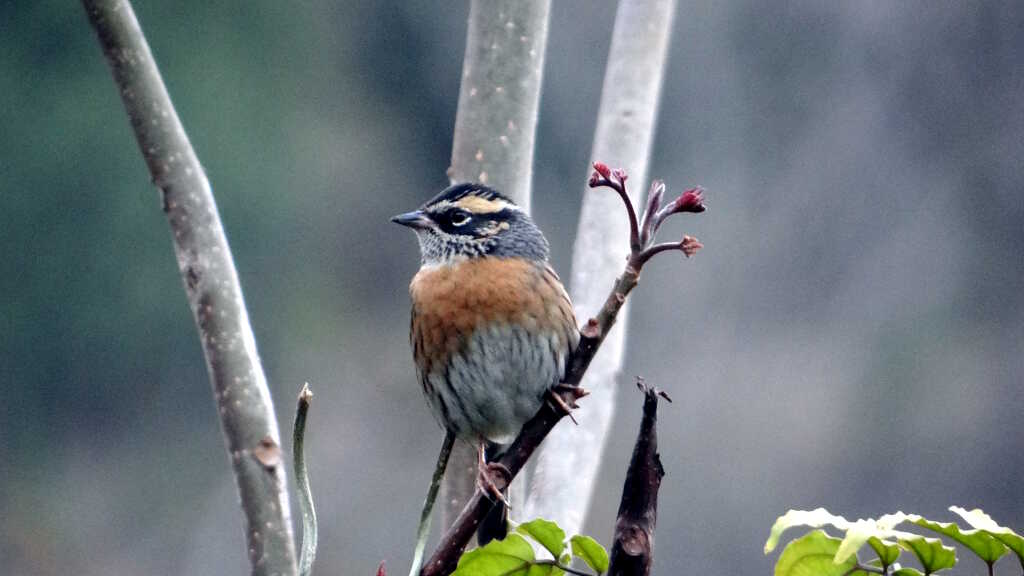
Prunella strophiata (Rufous -breasted accentor)
The Rufous-breasted accentor (Prunella strophiata) is a small, ground-dwelling bird found in the forested and shrubby regions of the Great Himalayan National Park (GHNP). Recognized for its warm, chestnut-brown breast and distinctive facial markings, this bird is a delightful yet often-overlooked species that thrives in the temperate and subalpine zones of the Himalayas.
Identification and Behavior
Adult Rufous-breasted accentors have streaked brown upperparts, a rufous-colored breast, and a greyish head with a pale eyebrow. They are about 15 cm in length and are often spotted hopping near the ground, probing leaf litter for insects, seeds, and small invertebrates. Despite their shy nature, they may be seen in small flocks during winter, especially around forest clearings and village edges near GHNP.
Habitat in GHNP
In the Great Himalayan National Park, this species is typically found between 2,000 and 3,500 meters, particularly in areas with dense shrubs and rhododendron thickets. During colder months, they may descend to lower altitudes in search of food. Their adaptability to different elevations makes them a consistent presence in the park’s avian landscape year-round.
| Common name | Rufous –breasted Accentor |
| Scientific name | Prunella strophiata |
| Family | Prunellinae |
| Description | It has a rufous band across breast, white –and-rufous supercilium, blackish ear-coverts, and streaking on neck sides and upperparts. Juvenile similar to juvenile Robin Accentor but has streaked belly. Breeds on high-altitude slopes. It is a summer& winter Visitor (Summer 2700-4000m), winter (below 600m) |
Breeding and Vocalization
The Rufous-breasted accentor breeds in high-altitude regions during summer, nesting close to the ground in well-hidden spots. Their call is a thin, high-pitched trill, while their song—delivered from low perches—is soft and melodious, adding subtle charm to the forest soundscape.
Conservation
Currently classified as Least Concern by the IUCN, the Rufous-breasted accentor benefits from the protected environment of GHNP. Its presence is a good indicator of healthy shrubland and forest ecosystems.



